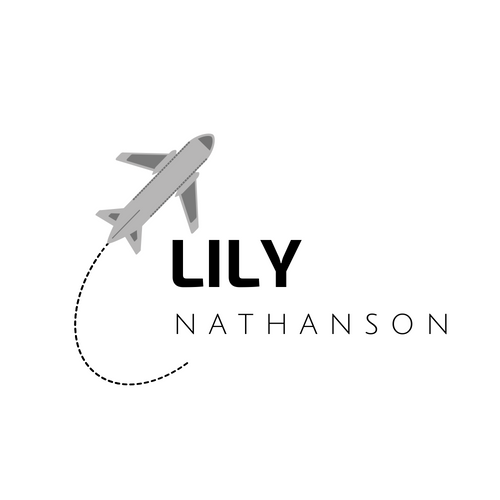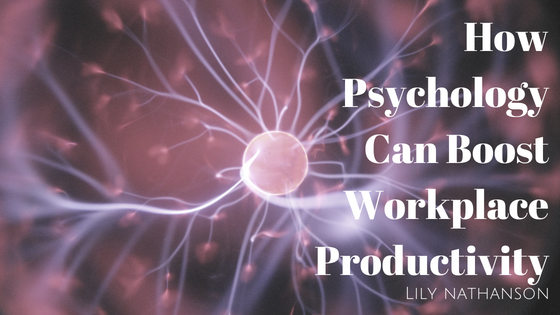Behavioral economics is the study of psychological factors that drive economic decisions. Because people react differently to situations and have different approaches to getting things done, businesses can no longer measure productivity simply by using numbers or by holding everyone to the same one-size-fits-all standards within the workplace.
Key performance indicators (KPIs) are important, but they are no longer the only metric when looking at a company’s success. Employee contentment must also be taken into account. This is a challenge for companies who aren’t used to taking a more human approach to productivity. Task completion is something that is easy to measure. Employee satisfaction, outside of a survey, is not. Since 71% of employees don’t feel fully engaged, and $11 billion is lost each year because of employee turnover, companies who are not focused on behavioral economics are only hurting themselves.
Employee engagement is critical to productivity. Dale Carnegie’s findings on employee engagement showed that employees want relationships with their immediate supervisors, that they believe in senior leadership and that they have pride in working for their company. Successful offices also encourage open communication between managers and employees. When surveying employees about engagement, it’s important to ask the right questions and then listen using active listening, extending empathy when necessary. Employees like knowing they’re being heard and that they are making a significant impact on a company’s vision and goals.
Companies should view every one of their employees as a key contributor to their success. Monetary bonuses are always a great incentive, but there are other forms of employee recognition that are more valuable than money. Even workplace perks don’t compare to a sense of achievement. The results from a 2013 survey showed that feelings of accomplishment and pride actually matter more to employees than their daily tasks and assignments, and a Gallup poll revealed that employees who received praise and recognition were more likely to stay at their jobs, had fewer accidents at work and maintained higher customer satisfaction rates.
A gamified work environment is another way to increase workplace productivity. This model takes nods from video games by adding virtual badges, scoring and other game-like elements to measure (and share) employee accomplishments through motivation, instead of just focusing on tasks.
Taking a break has now scientifically been proven to boost productivity. Studies show that the perfect formula is to work for 52 minutes, then break for 17. This resets the brain so employees can return to tasks feeling refreshed. Even the Pomodoro Technique for taking breaks has been proven to work.
Telecommuting, remote work and coworking are all effective ways of improving productivity, while simultaneously reducing the cost of running an office. Most businesses these days employ a span of age groups, and not all age ranges are going to have the same skills or need the same motivators. Millennials now represent the largest portion of the workforce, surpassing both Generation X and Baby Boomers, and are very comfortable using technology. This makes them perfect candidates for remote work. Though it may seem counterintuitive, studies show that employees who work from home are actually 13% more productive than their office counterparts. That is equivalent to an additional day of productivity per week, per employee.

